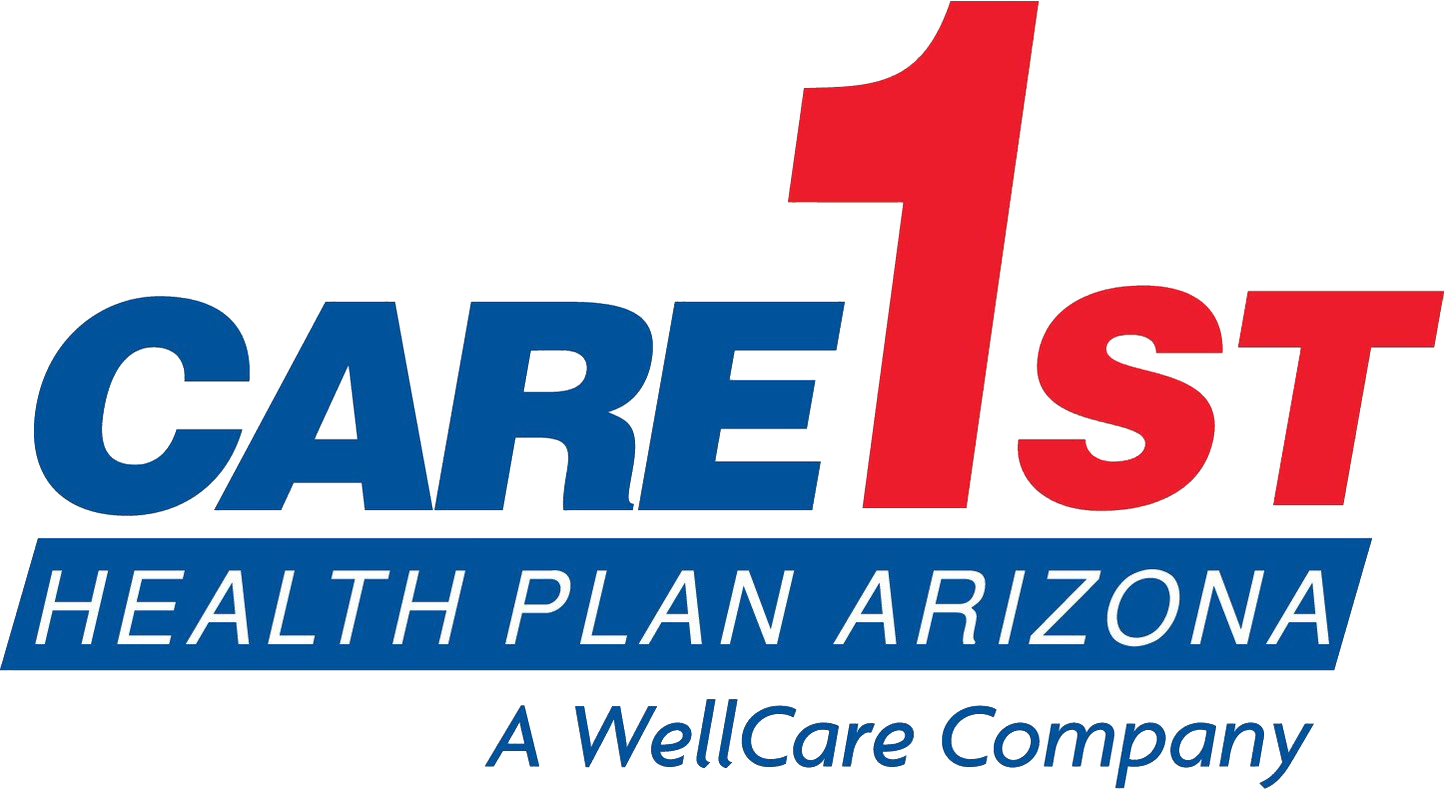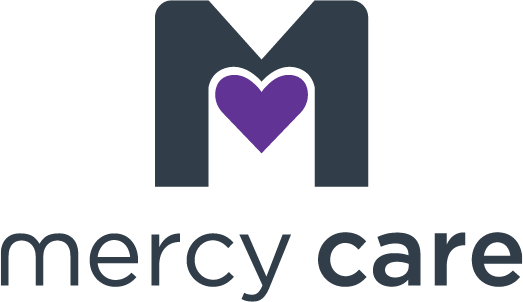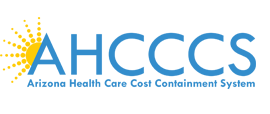
A good article about when a drug addict isn't ready to accept help. Have a read...
“I’m addicted to painkillers,” J., a thickset construction worker, told me on a recent afternoon in the emergency room, his wife at his side.
Two years before, after months of pain, stiffness and swelling in his hands and neck, his primary physician had diagnosed rheumatoid arthritis and had prescribed three medications: two to slow the disease and one, oxycodone, for pain.
Bolstered by the painkiller, J. had felt more limber and energetic than he had in years. “I could finally keep up with the other guys,” he told me. He worked harder, and his pain worsened. His primary physician increased the oxycodone dose.
Soon, J. was looking forward more to the buzz than to the relief the pills brought. He went to see two other physicians who, unaware that he was double-dipping, prescribed similar medications. When a co-worker offered to sell him painkillers directly, J.’s use spiraled out of control.
By the time I saw him, he was taking dozens of pills a day, often crushing and snorting them to speed the onset of his high. With remarkable candor, he described how the drugs had marred every facet of his life — from days of missed work to increasing debt, deteriorating health and marital strain.
But when I listed the treatment options that might help, J. shook his head, looked from me to his wife, and got up. “I’m all set,” he said, holding up his hands.
Then he walked out of the room.
Despair fell on his wife’s face. “Please,” she said, grabbing my arm, “you can’t let him leave.”
She’d found him twice in the past week slumped on the bathroom floor, impossible to arouse. Though she’d called 911, both times the hospital released J. within hours after he came to and insisted the overdose was accidental. “I just know I’m going to come home one day to find him dead,” she said.
She had good reason to worry. Prescription drug abuse is America’s fastest-growing drug problem. Every 19 minutes, someone dies from a prescription drug overdose in the United States, triple the rate in 1990. And according to the Centers for Disease Control and Prevention, prescription painkillers (like oxycodone) are largely to blame. More people die from ingesting these drugs than from cocaine and heroin combined. Yet while I shared her concern, there was little I could do to force J. into treatment.
My hospital happens to be in Rhode Island, one of about a dozen states where compulsory treatment for someone like J. (that is, someone not under the purview of the criminal justice system) does not exist. Had J. been a resident of nearby Massachusetts — or from one of more than 20 other states that permit involuntary addiction treatment — I would have suggested his wife petition a judge to force him into care. Had we met in any of a dozen states, I could have hospitalized J. myself — against his will and for up to several days.
The requirements for involuntary substance treatment vary widely across the nation, from posing a serious danger to oneself, others or property, to impaired decision-making or even something as vague as losing control of oneself. States approach compulsory treatment for mental illness with far greater uniformity. All allow it, and almost all restrict it to instances in which a patient poses an immediate danger to himself or another.
This common standard stems from a series of federal court cases that set procedural and substantive requirements for mental health commitments. But involuntary commitment for addiction treatment, while certainly not new, has received considerably less judicial attention.
In a 1962 case, Robinson v. California, the Supreme Court held that while conviction solely for drug addiction was unconstitutional, “a state might establish a program of compulsory treatment for those addicted to narcotics.” Many did, others didn’t. The high court has yet to revisit the issue.
Another complicating factor is society’s disagreement about what addiction really is: a disease, a moral failing or something in between. Many (often patients themselves) see drug abuse as purely a choice. Under this view, justifying the lost autonomy and expense to taxpayers that accompany mandated treatment becomes a hard sell.
Yet a large and ever-growing body of research paints a far more complicated picture of addiction.
The cognitive concepts that we typically associate with “willpower” — motivation, resolve and an ability to delay gratification, resist impulses and consider and choose among alternatives — arise from distinct neural pathways in the brain. The characteristic elements of drug abuse — craving, intoxication, dependency and withdrawal — correspond with disruptions in these circuits. A host of genetic or environmental factors serve to reinforce or mitigate these effects. These data underscore the powerful ways in which addiction constrains one’s ability to resist.
The spotty existence of commitment laws for addiction has created something odd in medicine: a landscape where the standard of care differs dramatically from one place to the next. But change seems to be afoot. In March, Ohio passed a law authorizing substance-related commitments. Pennsylvania is considering a similar bill.
In July, Massachusetts extended its maximum period of addiction commitment from 30 days to 90 days, a move driven by the state’s growing opioid abuse epidemic. In the same month, however, California terminated its commitment program for drug abuse.
These shifts come at a time when private insurers increasingly refuse to cover even brief inpatient stays for treatment of opioid abuse and as states grapple with dwindling resources. Still, while short periods of involuntary custody make intuitive sense — to provide protection until the effects of intoxication or withdrawal subside — surprisingly little evidence exists to suggest that a longer period of commitment will lead to abstinence or prevent the behavior that justified commitment in the first place. Science must guide the crafting of these laws, but for now the empirical jury is decidedly out.
As I watched the color drain from J.’s wife’s face, I decided to speak with him again. Short of forcing him to stay, I knew what she wanted was for me to change J.’s mind.
He stood near the exit, arms folded, coat zipped. I waited next to him and for several moments said nothing. Then I wondered aloud whether he feared the physical pain that existed apart from his addiction. Without looking at me, he nodded.
“What if we can find a way to treat your pain and also bring an end to the hurt this is causing you and your family?” I asked. “Perhaps together we can help you get your life back.”
J. paused to consider my offer. For an instant, his face softened.
Then, just as quickly, he jerked his head and was gone. His wife followed him out, in tears.
A version of this article appeared in print on 10/02/2012, on page D5 of the NewYork edition with the headline: When a Drug Addict Isn’t Ready to Accept Help
By, Paul Christopher, M.D.














